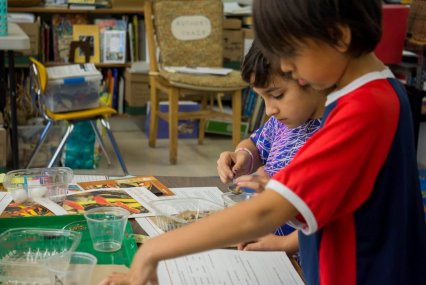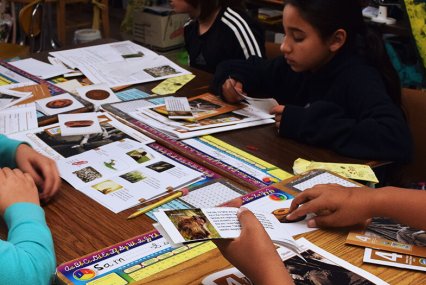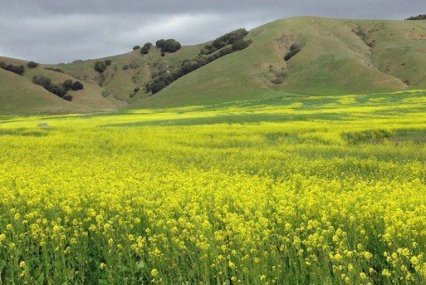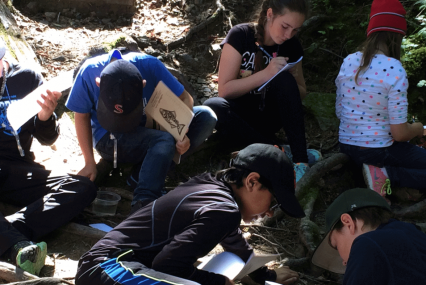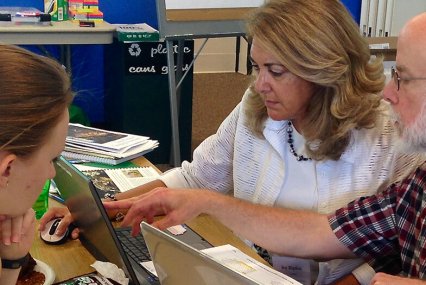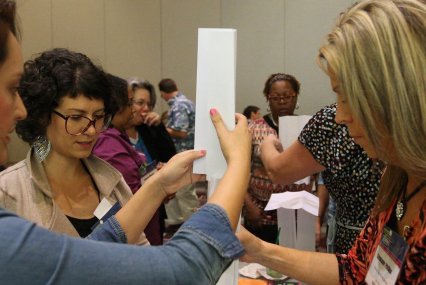Environmental Literacy in California Science Instruction
The Science Framework for California Public Schools has integrated California’s Environmental Principles and Concepts (EP&Cs), and calls on teachers to center their instruction on investigations that are relevant to students’ interests and the communities where they live. Appendix 2 presents diverse examples of the connections that can be made between the EP&Cs and instruction in the three dimensions of California’s Next Generation Science Standards (CA NGSS). The appendix also provides textbook publishers with specific examples of how to incorporate the EP&Cs into the new instructional materials—a State Board of Education requirement for adoption. Below are two sample lesson series and a scope and sequence created by the State Education and Environment Roundtable.
- California Grade 4: EP&Cs Exemplar Lesson Series
- California Grades 6–7: EP&Cs Exemplar Lesson Series
- Sample Scope and Sequence for California EP&Cs
Instructional strategies that give students the opportunity to engage in outdoor and environmental learning experiences are a particularly important way to help students develop environmental literacy, scientific understanding, and a genuine sense of stewardship. Chapter 11 of the Science Framework specifically speaks to this in a section called, “Key Instructional Shifts—Student-Centered Learning Environments.”
Environmental Literacy in California History–Social Science Instruction
The History–Social Science Framework recommends integrating the EP&Cs into history, geography, economics, and government classroom lessons. This document from the State Education and Environment Roundtable identifies the parts of the framework that cover the EP&Cs. This matrix shows numerous examples of how connections can be made between the EP&Cs and traditional history–social science standards, and provides corresponding standards-based learning objectives in the context of California’s EP&Cs.
Environmental Literacy in California Health Instruction
The Health Education Curriculum Framework for California Public Schools includes California’s EP&Cs, and has a specific focus on environmental health and environmental justice. References to EP&Cs and vignettes are located in chapters 1, 3, 4, 5, and 6. Chapter 1 includes an introduction to the EP&Cs and how they connect to health education, and chapters 3–6 include a classroom example. The relevant vignettes and other information are presented in this document.
Environmental Literacy in California Arts Instruction
The State Board of Education revised the California Arts Education Framework to include the EP&Cs. Chapter 8: Transcending Disciplinary Boundaries—Arts Integration includes an interdisciplinary, arts-centered vignette that introduces integrating EP&Cs into arts instruction.
Other Resources for Environmental Literacy
For more information contact info@tenstrands.org.

